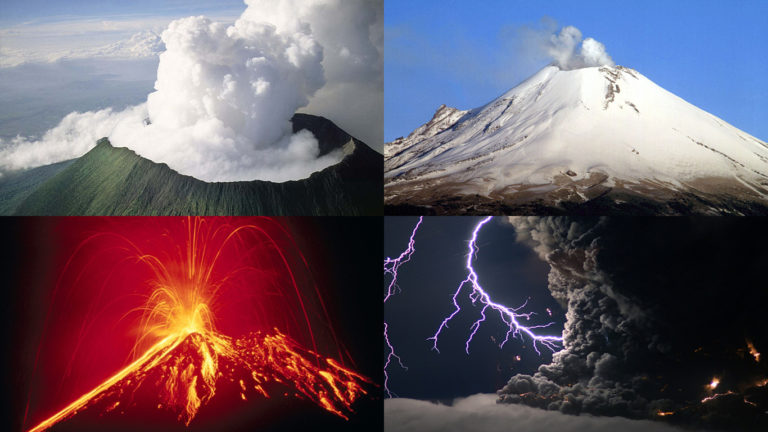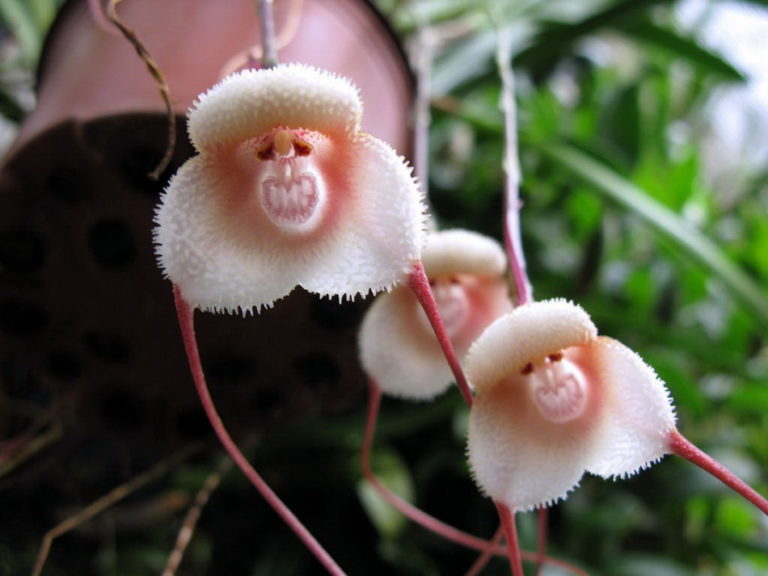10 Most Breathtaking Galaxies in the Universe
The universe is vast, mysterious, and endlessly fascinating. Within it lie galaxies — immense systems made up of stars, planets, dust, and gas, bound together by gravity. Our own Solar System is part of the Milky Way Galaxy, which alone contains around 100 billion stars. Yet, that’s just a small fraction of what’s out there — astronomers estimate there are up to two trillion galaxies in the observable universe.
While galaxies come in different shapes — spiral, elliptical, or irregular — they all share one thing in common: they are astonishingly beautiful, like celestial works of art painted by the cosmos itself.
Here’s a look at 10 of the most stunning galaxies ever discovered.

1. The Sombrero Galaxy (M104)
Also known as NGC 4594, the Sombrero Galaxy is famous for its bright central core and large, bulging center surrounded by dark dust lanes. With a visual magnitude of +9.0, it can easily be spotted with an amateur telescope. Its distinctive shape, resembling a wide-brimmed hat, gives it the nickname “Sombrero.”

2. The Black Eye Galaxy (M64)
Often called the “Sleeping Beauty Galaxy,” M64 is a spiral galaxy with a peculiar twist — its inner region rotates in one direction, while the outer regions (about 40,000 light-years out) spin the other way. This cosmic contradiction is likely the result of a long-ago galactic collision.
3. The Whirlpool Galaxy (M51a)
The Whirlpool Galaxy, or NGC 5194, sits roughly 23 million light-years away in the constellation Canes Venatici. It’s one of the most striking examples of a spiral galaxy, with well-defined arms that swirl gracefully around its glowing core. It’s easily visible through binoculars and has long been a favorite among stargazers.

4. The Interacting Galaxies 2MASX J00482185-2507365
Located near the Sculptor Galaxy, this is actually a pair of overlapping spiral galaxies about 800 million light-years from the Milky Way. Their spiral arms and cosmic dust are illuminated in a mesmerizing display of galactic interaction — a slow dance of stars and gravity.

5. Supernova 1987A
Situated on the edge of the Tarantula Nebula in the Large Magellanic Cloud, Supernova 1987A was first observed in February 1987 — hence its name. Visible to the naked eye from the Southern Hemisphere, its explosion marked one of the brightest and most studied supernova events in modern astronomy.

6. The Grand Spiral Galaxy (NGC 123)
With beautifully defined spiral arms stretching far from its center, this grand spiral galaxy is one of the most photogenic in the cosmos. The arms wrap elegantly around the galaxy, creating a mesmerizing pattern of light and motion that can be clearly observed with powerful telescopes.

7. Galaxy NGC 3370
Located about 98 million light-years away in the constellation Leo, NGC 3370 was captured in extraordinary detail by the Hubble Space Telescope. Its crisp spiral structure and radiant core make it a textbook example of galactic beauty.
8. Galaxy NGC 1512
Just 38 million light-years from Earth, this galaxy in the constellation Horologium is remarkable for its double-ring structure — one ring circles the nucleus, while the other lies in the galaxy’s outer disk. Both rings shimmer with clusters of young stars, making NGC 1512 a favorite target for amateur astronomers.

9. Hoag’s Object
Discovered by astronomer Arthur Hoag in 1950, Hoag’s Object is one of the strangest and most beautiful galaxies known. It features a nearly perfect outer ring of bright blue stars surrounding a spherical core of older yellow stars. Between the two lies a mysterious dark gap that adds to its surreal, almost artificial appearance.

10. Messier 81 (Bode’s Galaxy)
Located about 12 million light-years away in the constellation Ursa Major, M81 — also known as Bode’s Galaxy — is one of the brightest and most detailed spiral galaxies visible from Earth. Its luminous core, majestic spiral arms, and sweeping dust lanes make it strikingly similar in structure to our own Milky Way.
A Universe of Wonder
From elegant spirals to strange ringed formations, every galaxy tells a story written in stars and stardust. As telescopes grow more powerful, humanity continues to peer deeper into space — revealing not only the beauty of the cosmos but also our small yet wondrous place within it.










Ух-ты,как же красиво!нереально!
Это красота смотреть в неё не отрываясь,очень красиво